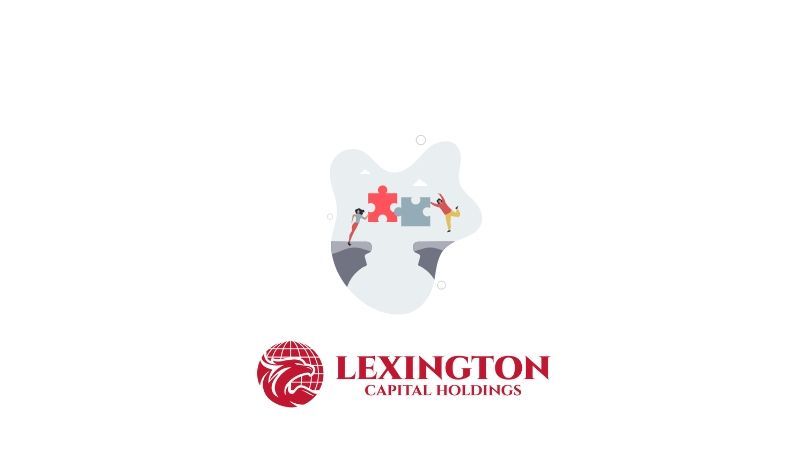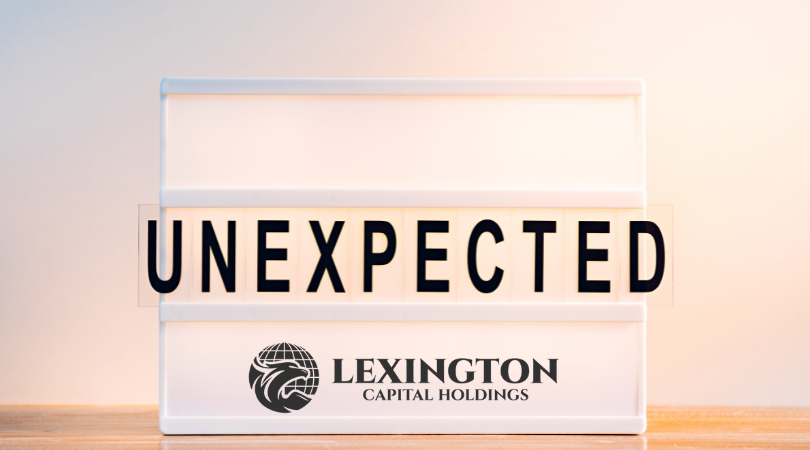Getting the Gear: How to Finance Equipment for Your Growing Business
Getting the Gear: How to Finance Equipment for Your Growing Business
As your business expands, having the right equipment is essential for boosting productivity, improving operations, and maintaining a competitive edge. Whether you're in manufacturing, construction, or running a small retail shop, the need for specialized equipment can be a significant investment. Equipment financing offers a solution, allowing you to get the necessary tools without breaking the bank. Here's how to get started with equipment financing and secure the right gear to power your business growth.
What Is Equipment Financing?
Equipment financing is a loan or lease specifically for purchasing business-related equipment. This can include machinery, vehicles, technology, or office equipment. Instead of paying upfront, businesses can spread the cost over time, making it easier to manage cash flow while still accessing essential tools.
With equipment financing, the equipment itself often serves as collateral for the loan, which means it’s easier to qualify compared to other forms of financing. This makes it a popular choice for growing businesses that need to invest in their operations without depleting working capital.
Why Use Equipment Financing?
Preserve Cash Flow: Equipment financing enables you to spread payments over months or years, keeping your cash flow intact for daily operations, payroll, and other business needs.
Access to New Technology: Financing allows businesses to acquire the latest equipment and technology without waiting to save the full purchase amount, giving you a competitive advantage.
Tax Benefits: Depending on the structure of your financing, you may be able to deduct lease payments or depreciation, providing tax advantages that can further support your business's financial health.
Flexibility: Whether you’re leasing or purchasing equipment, financing offers flexible options to suit your needs, including low down payments, variable terms, and affordable monthly payments.
Steps to Secure Equipment Financing
If you’re ready to invest in new equipment for your business, here’s a step-by-step guide to navigating the process:
1. Assess Your Equipment Needs
Before diving into financing options, it’s crucial to understand what equipment you need and how it will benefit your business. Ask yourself:
- What kind of equipment is essential for improving operations?
- How will this equipment help generate revenue or save costs?
- Will purchasing or leasing be more beneficial?
Having clear answers to these questions will ensure you’re investing in the right tools to drive your business forward.
2. Evaluate Your Budget
Knowing how much you can afford is a critical step in the financing process. Evaluate your current budget to determine how much you can allocate toward monthly payments without overextending your cash flow. Equipment financing typically comes with flexible terms, but it’s important to ensure the payment schedule aligns with your revenue cycle.
3. Explore Financing Options
There are several ways to finance equipment, and understanding the different options can help you choose the best one for your business:
Equipment Loans: With an equipment loan, you can purchase the equipment outright. The lender provides a loan for the purchase, which you repay over time with interest. The equipment serves as collateral, reducing the risk for lenders and making it easier to qualify.
Leasing: Equipment leasing is a popular option for businesses that need equipment temporarily or want to avoid the cost of ownership. With a lease, you make payments to use the equipment over a set term, after which you may have the option to buy it, upgrade, or return it.
Line of Credit: If you prefer more flexibility, you can use a business line of credit to finance equipment purchases. This allows you to draw funds as needed and repay them on a revolving basis.
4. Prepare Your Documentation
Lenders will require certain documents to assess your creditworthiness and ability to repay the loan. Typical documents include:
Most recent 4 months of business bank statements
- Business tax returns
- A simple loan application
- A detailed invoice or estimate for the equipment you plan to purchase
- For larger equipment financing needs, lenders may also ask for a business plan or additional financial information.
5. Apply for Financing
Once you’ve identified the type of financing you need, gather the necessary documents and submit your application. Equipment financing lenders typically review applications within a few days, so the process is relatively quick. Be prepared to discuss how the equipment will benefit your business, as this may be part of the lender's decision-making process.
6. Get Your Equipment and Start Growing
Once approved, you’ll receive the funds to purchase the equipment or, in the case of a lease, enter into a contract to use it. Now you can start using the equipment to increase efficiency, generate revenue, or expand operations—moving your business to the next level.
Equipment financing is a valuable tool for growing businesses, allowing you to access the equipment needed to stay competitive without draining your working capital. Whether you choose to purchase through a loan or lease the equipment for a specific period, having a solid financing plan in place ensures you can meet your operational goals while managing cash flow effectively.
By following these steps and carefully considering your financing options, you can secure the tools your business needs to thrive today and into the future.

When you apply for business funding, your application goes through a critical stage—underwriting. This is where lenders evaluate risk and determine whether your business qualifies for financing, and under what terms. Understanding what underwriters look for can help you strengthen your application, avoid delays, and increase your approval odds.

Not every business enjoys a steady stream of income. For many companies—especially those in seasonal industries, contracting, or project-based work—revenue can shift dramatically from month to month. These ups and downs are normal, but they can make managing cash flow, payroll, and operating expenses challenging. At Lexington Capital Holdings, we understand that fluctuating revenue doesn’t mean instability—it just means you need the right financial tools to stay balanced and grow confidently.

The Challenge of Hyper-Growth For many startups, growth isn’t the problem—it’s managing it. Rapid scaling demands capital for hiring, marketing, technology, and operations. But too often, founders find themselves cash-strapped right when they need resources the most. Choosing the right financing strategy can be the difference between sustainable growth and burning out too soon.

When it comes to business financing, the terms you secure are just as important as the funding itself. Lower interest rates, flexible repayment schedules, and higher approval amounts can mean the difference between simply surviving and setting your business up to thrive. The good news? Business owners often have more negotiating power than they realize. At Lexington Capital Holdings, we’ve seen firsthand how preparation and strategy can help secure stronger terms. Here’s how you can do the same:

For many businesses, waiting on customer payments can feel like standing still when you’re ready to move forward. Delayed invoices, extended payment terms, or slow collections create cash flow gaps that make it harder to cover expenses, pay employees, or seize new opportunities. The truth is—even successful, profitable companies face this challenge. The key isn’t avoiding it, but managing it strategically with the right funding solutions

Securing business funding is a milestone—but the real impact comes from how you put that capital to work. Every dollar borrowed should fuel momentum, strengthen operations, and generate measurable returns. Unfortunately, too many businesses stop at “getting approved” and miss the chance to maximize their return on investment (ROI). At Lexington Capital Holdings, we believe funding isn’t just about access to capital—it’s about creating opportunity. Here’s how to ensure your financing delivers the highest ROI:

In today’s fast-paced business environment, standing out from the competition requires more than just great products and services—it takes strategy, timing, and smart financial decisions. One of the most overlooked tools in building and maintaining a competitive advantage is business financing. When leveraged correctly, financing doesn’t just help you “get by”; it can actually position your business to outpace competitors and capture new opportunities.

In business, surprises aren’t a matter of if—they’re a matter of when. Whether it’s a sudden equipment breakdown, an unexpected dip in sales, or a market shift that requires quick adaptation, unforeseen expenses can test even the most successful companies. The difference between thriving and struggling often comes down to how well you’ve prepared.

When most business owners hear the word debt, it sparks feelings of stress or risk. But here’s the truth—debt isn’t always a bad thing. In fact, when managed strategically, debt can become one of the most powerful tools to grow, stabilize, and scale your business. At Lexington Capital Holdings, we work with business owners every day who are navigating this very question: Is taking on debt the right move for me? Let’s break down the difference between “good” and “bad” debt so you can make informed financial decisions.

In today’s business world, financing options are everywhere—but choosing the right path can feel overwhelming. From traditional bank loans to alternative lending solutions, the fine print and fast-changing requirements often leave business owners spending more time deciphering funding terms than actually running their businesses. That’s where the value of a dedicated funding advisor truly shines. At Lexington Capital Holdings, we’ve seen firsthand how personalized guidance can transform the funding experience for business owners of all sizes.

